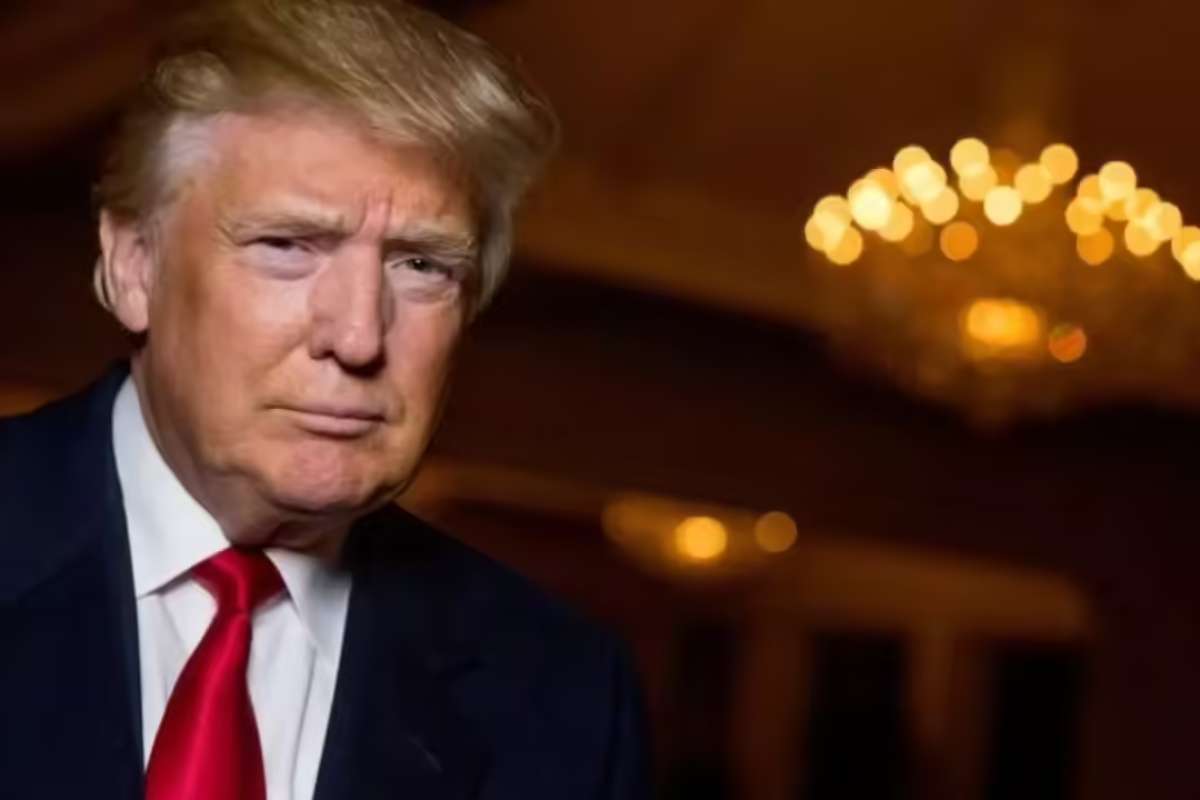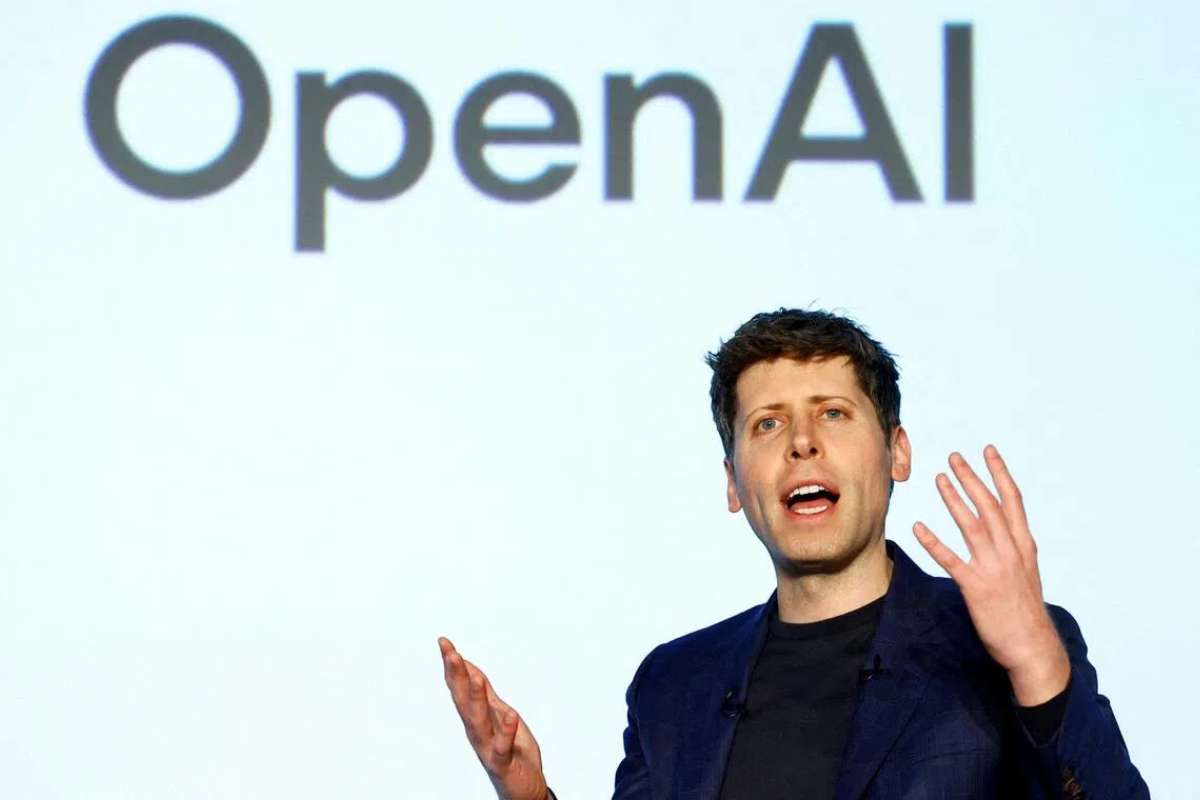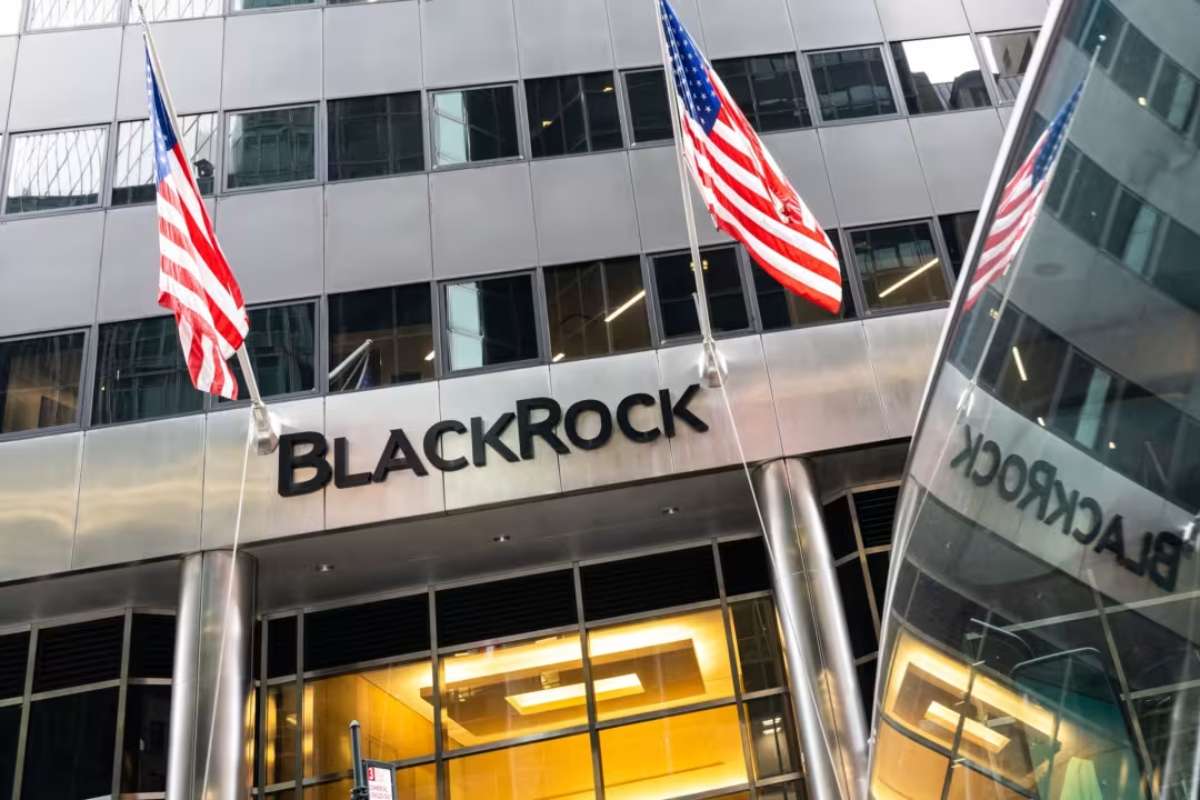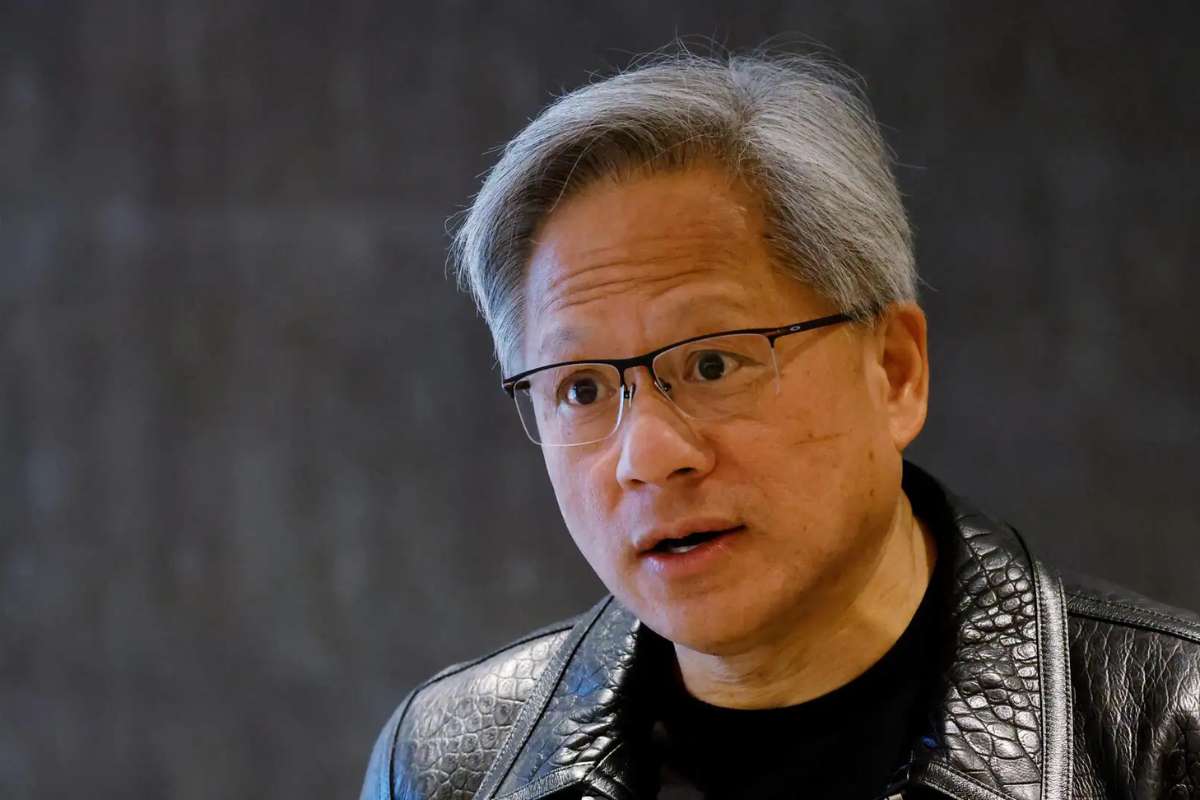The U.S. Department of Education, under the administration of former President Donald Trump, suspended IBR Student Loan forgiveness, citing the need for software upgrades to properly track borrower eligibility. This decision affects thousands of borrowers enrolled in IBR, which was previously the only income-driven repayment plan not blocked by legal injunctions.
IBR allows borrowers to make payments based on income and family size—usually 10% to 15% of discretionary income—with loan forgiveness after 20–25 years. While the Department insists this is a technical pause, there has been no clear timeline for when forgiveness processing will resume, leaving long-term borrowers uncertain about when, or if, their remaining balances will be discharged.
Legal Backdrop and Broader IDR Turmoil
The pause follows a broader legal and administrative crackdown on income-driven repayment (IDR) programs. In February, a federal court blocked the Biden-era SAVE plan, forcing the Education Department to shut down applications for most IDR options, including PAYE and ICR. Notably, IBR Student Loan was not part of that court order—yet its forgiveness component has now also been suspended.
Policy experts and borrower advocates have raised alarms about the move. Critics argue the department is overreaching by extending the suspension to IBR Student Loan, calling it a bureaucratic overcorrection rather than a legal necessity. According to Inside Higher Ed, some analysts believe the action reflects an internal realignment of repayment programs under new administrative priorities, possibly laying groundwork for a redesigned system post-election.
Borrowers Face Financial Uncertainty
The sudden halt has upended the plans of many borrowers approaching their forgiveness milestones. With IBR now paused, borrowers are left with no functioning forgiveness option under federal IDR programs. Many fear increased monthly payments or possible defaults if updates are not implemented soon.
Advocacy groups like the Student Borrower Protection Center have urged the Department to restore IBR Student Loan forgiveness immediately and clarify how the pause will affect qualifying payment counts. Meanwhile, congressional leaders are closely monitoring the situation, with some suggesting legislative intervention may be necessary to ensure continuity of relief.
Until a formal update is provided, millions of Americans remain in a state of financial limbo—caught between stalled software upgrades and a shifting legal landscape that threatens one of the last remaining paths to debt forgiveness.











